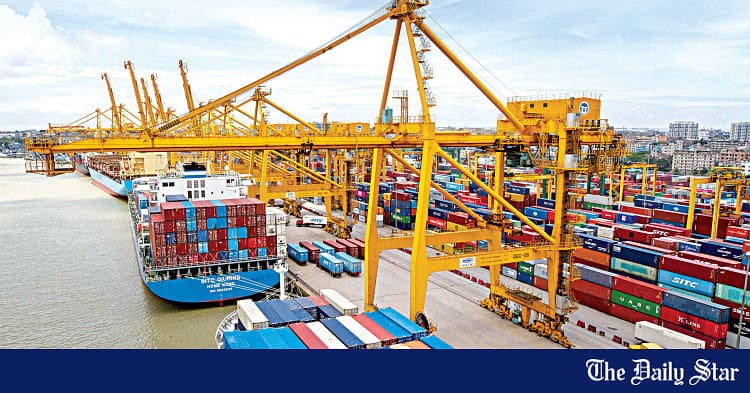How Chattogram built its economic legacy
Chattogram: A Historic Hub of Trade and Industry

Chattogram, once a bustling port for ancient traders, continues to play a crucial role in Bangladesh’s economy. With a rich history spanning over 2,000 years, this strategic harbor has evolved into a modern industrial powerhouse. From its early days as a key stop on the maritime Silk Road to its current status as a leading center for export-oriented industries, Chattogram remains integral to the nation’s economic landscape.
Historical Significance and Economic Evolution
The port of Chattogram has long been a vital link in global trade routes. Its geographic advantages, nestled between hillocks and vast plainlands, made it an ideal location for merchants from various cultures. As early as the 4th century BC, sailors recognized its potential, transforming the Bay of Bengal into a vibrant commercial hub. By the 2nd century AD, the renowned geographer Claudius Ptolemy had documented Chattogram as one of the finest ports in the Eastern World. This legacy continued through the centuries, with notable figures like Chinese traveler Xuanzang and explorer Marco Polo praising its beauty and significance.
Throughout periods of turmoil and colonization, Chattogram consistently emerged as a thriving center for trade. The region’s strategic location has fostered the growth of various industries, particularly in the export sector. The establishment of the first ready-made garment (RMG) unit in 1977 marked a significant turning point, leading to the garment industry now accounting for over 80 percent of Bangladesh’s export earnings. Additionally, Chattogram has been home to pioneering ventures in tea production, steel manufacturing, and fuel refining, solidifying its status as a key player in the nation’s industrial landscape.
Shipbreaking workers demand wages, Eid bonuses by 25th Ramadan
Modern Industrial Landscape and Challenges Ahead
Today, Chattogram boasts over 4,000 registered manufacturing units, with around 2,500 currently operational. The Sitakunda upazila, in particular, has emerged as a notable industrial hub, housing the world’s largest ship-breaking industry and numerous steel plants that meet nearly half of the nation’s steel demand. Major industrial groups, such as Abul Khair and BSRM, have established significant operations in the area, contributing to the region’s economic vitality.
However, despite its industrial prowess, Chattogram faces considerable challenges. Infrastructural deficiencies and a lack of policy support have prompted many entrepreneurs to relocate their businesses to Dhaka. The port, which facilitates 92 percent of Bangladesh’s seaborne trade, struggles with congestion and high logistics costs, hindering its growth potential. Business leaders emphasize the urgent need for improvements in transportation networks and regulatory frameworks to unlock Chattogram’s full economic capabilities.
As Chattogram stands at the crossroads of history and opportunity, its future hinges on addressing these infrastructural bottlenecks. With its rich heritage and strategic importance, the city has the potential to reclaim its status as a leading economic driver in Bangladesh, provided that the necessary reforms are implemented.
